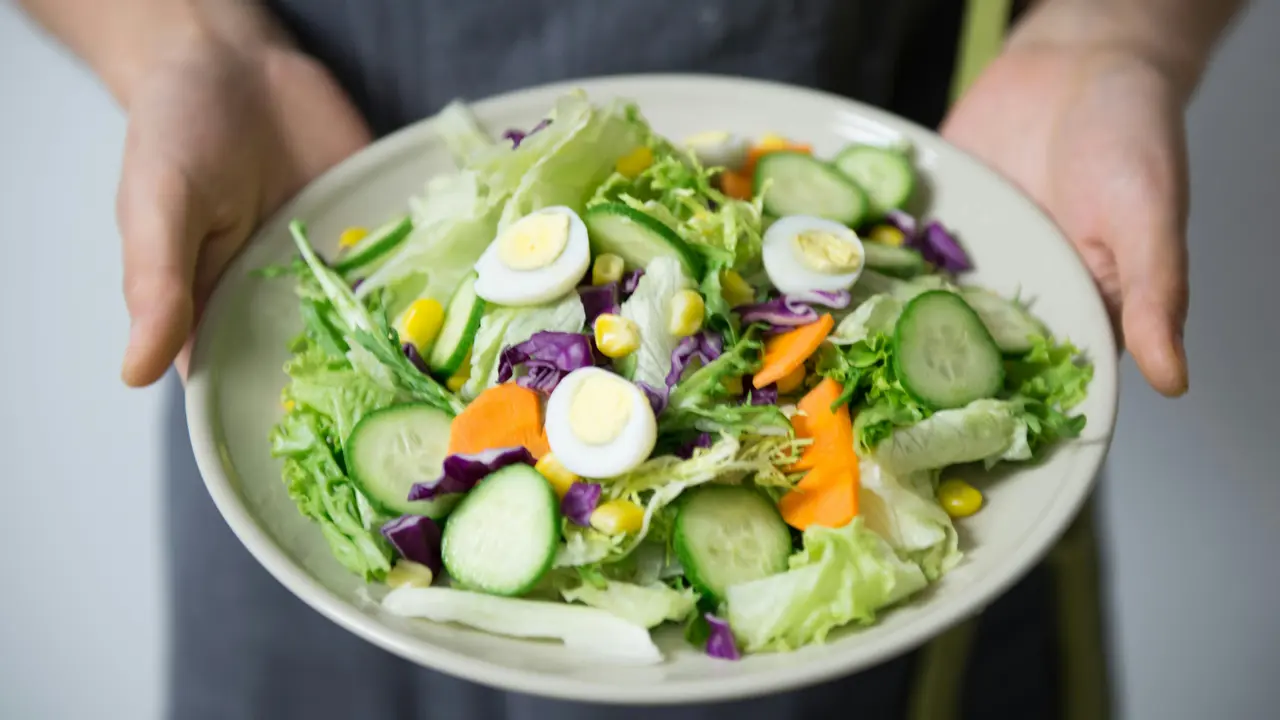Have you ever wondered, “does wine have sugar in it?” This question is more complex than it may first appear, as the sugar content in wine can vary significantly depending on several factors. In this article, we will delve into the sweetness of wine—and whether that means it’s loaded with sugar or not. Get ready to uncover the sweet truth about your favorite beverages!
Understanding Sugar in Wine
The Basics of Wine Fermentation
To answer the question, “does wine have sugar in it?”, we first need to understand the fermentation process. Wine is made from grapes, which naturally contain sugars. During fermentation, yeast converts these sugars into alcohol and carbon dioxide. However, fermentation can stop before all the sugars are converted, resulting in different sweetness levels.
Types of Wine and Their Sugar Content
When discussing sugar in wine, it’s important to recognize that not all wines are created equal. Here’s a breakdown of various types of wine and their typical sugar levels:
- Dry Wines: Generally contain less than 1 gram of sugar per liter. Varietals like Sauvignon Blanc and Cabernet Sauvignon fall into this category.
- Semi-Dry Wines: Typically have 1 to 30 grams of sugar per liter. Wines like Riesling can be found in this group.
- Sweet Wines: Often contain more than 30 grams of sugar per liter. Dessert wines, such as Sauternes or Port, are well-known for their sweetness.
Factors Influencing Sugar Levels in Wine
Grape Variety and Growing Conditions
The type of grape used in winemaking significantly impacts the final sugar content. Varietals have different inherent sugar levels, influenced by factors such as climate, ripeness at harvest, and even the vineyard’s location. Warmer climates tend to produce grapes with higher sugar concentrations.
Winemaking Techniques
Winemakers have various techniques that can affect the sugar level in the finished product:
- Chaptalization: The process of adding sugar to the grape must before fermentation.
- Late Harvest: Grapes are left on the vine longer, allowing additional sugar to develop.
- Fortification: Adding distilled spirits to stop fermentation early, preserving residual sugars.
Can You Calculate the Sugar Content of Wine?
Reading Wine Labels
Many wine labels may not explicitly state sugar content, but you can often infer sweetness levels based on the varietal and style. Look for terms like “dry,” “off-dry,” or “sweet” to get an idea of the wine’s sugar content. Additionally, some regions require labeling of sugar content, providing explicit information.
Using Taste as a Guide
Another way to assess whether “does wine have sugar in it” is through taste. Here are some tips for discerning the sweetness:
- Sippable sweetness can often provide a clear signal—if it tastes sweet, it likely has sugar.
- Contrast your experience with foods. Wine that pairs well with desserts will usually have more sugar.
- Fruity notes in wine can be an indication of residual sugars present.
Health Considerations Related to Sugar in Wine
Caloric Content
If you’re concerned about sugar for health reasons, it’s essential to understand how sugar impacts the caloric content of wine. Generally, sweet wines have more calories due to their higher sugar levels. If you’re monitoring your caloric intake, opt for dry wines for fewer calories.
Moderation is Key
No matter the sugar content, moderation is vital when consuming wine. Heavy consumption can lead to health issues beyond sugar-related concerns, such as alcohol-related illnesses. Always enjoy in moderation!
Final Thoughts on Does Wine Have Sugar in It
Conclusion
So, does wine have sugar in it? The answer is yes, but the quantity varies widely depending on the wine type and its production methods. Understanding the sugar content in different wines allows you to make informed choices about what to drink, regardless of your taste preferences or health considerations. Next time you pour a glass, consider its sweetness—your palate and waistline will thank you! Don’t forget to share this article with fellow wine enthusiasts and explore more of our engaging content to enhance your wine knowledge!
Sugar – Recent Articles
- How Much Sugar in Hot Chocolate? The Sweet Truth Revealed!
- Does Snapple Zero Sugar Tea Have Caffeine? Find Out Now!
- Discover How Much Sugar in Dr Pepper 20 oz Really Is!
- How to Make Light Brown Sugar into Dark Brown Sugar Easily!
- Is Sugar Free Jello Gluten Free? Discover the Truth!
Sugar – Useful Links
- DC – Get the Facts: Added Sugars
- American Heart Association – Added Sugars
- Harvard T.H. Chan – Added Sugar in the Diet
- MedlinePlus – Sweeteners – sugars
- NIDDK – Healthy Living with Diabetes
